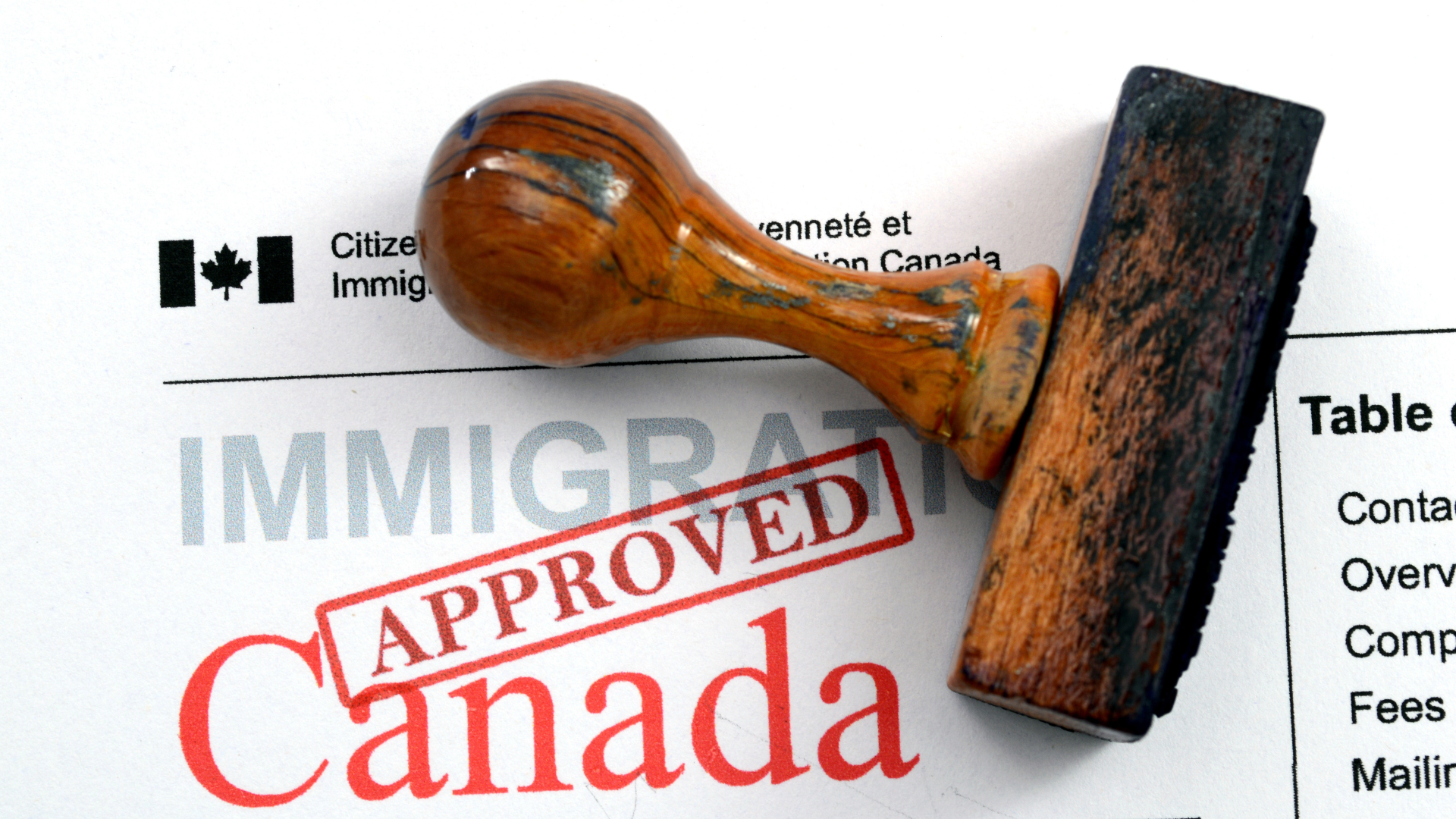IRCC Backlog Drops Again: Latest Update on Application Processing as of April 2025

As of April 30, 2025, the backlog stood at 760,200
applications, down from 779,900 the month before. This marks a 2.53%
decrease in one month and the fifth consecutive month that the
backlog has remained under 1 million. It’s also the lowest backlog
recorded in the past six months.
Monthly Backlog Trends (Last Six Months)
|
Month |
Immigration Backlog |
Monthly Change |
|
November 2024 |
1,006,500 |
-4.70% |
|
December 2024 |
942,300 |
-6.38% |
|
January 2025 |
891,100 |
-5.33% |
|
February 2025 |
821,200 |
-7.95% |
|
March 2025 |
779,900 |
-5.03% |
|
April 2025 |
760,200 |
-2.53% |
Meanwhile, the total inventory of applications (both
backlogged and within processing standards) increased by 65,100, rising
to 2,041,800 by the end of April.
What Counts as a Backlog?
IRCC aims to process 80% of applications within their
official service standards. These standards differ by program:
- Express
Entry: 6 months
- Family
Sponsorship: 12 months
If an application takes longer than the published
timeframe, it is categorized as a backlogged application. IRCC allows
for 20% of cases to exceed the timelines, mainly due to complex documentation
or individual circumstances.
Permanent Residence Applications
As of April 30, 2025, there were 880,800 PR applications
in total:
- 489,800
applications (56%) were processed within the service
standards
- 391,000
applications remained in the backlog
Here’s how different PR streams performed:
- Express
Entry: 22% were backlogged (target was 20%)
- PNP
via Express Entry: 49% backlog vs 35% target
(higher than the 44% backlog and 30% target in March) - Family
Sponsorship: 14% backlog vs 15% target
(remains within acceptable range)
Temporary Residence Applications
By the end of April, there were 918,500 temporary
residence (TR) applications (work permits, study permits, and visitor
visas):
- 65%
processed within IRCC timelines
- 324,300
were in the backlog
Here's a breakdown:
- Work
Permits: 36% backlogged (down from 42% in March),
but still above the 26% target
- Study
Permits: 30% backlogged (improved from 37% in
March), though the target was 15%
- Visitor
Visas: 54% backlogged, with a 38% target
(this was a 4% improvement from March)
Canadian Citizenship Applications
Citizenship applications continued to show strong
performance:
- Total
applications: 242,500
- 81%
processed within service standards
- Only
19% (44,900) were backlogged
This is consistent with previous trends. In March 2025, the
backlog was 18%.
What’s Helping IRCC Reduce the Backlog?
Several initiatives are supporting the drop in backlog:
- Technology
and Automation: IRCC is using advanced analytics and
automation tools to help sort applications and flag complex
cases—improving efficiency without replacing human decision-makers.
- Application
Caps: Programs like the 2025 Study Permit Cap
(550,162 applications) and the Home Care Worker Pilots (5,500
applications) have capped entries to manage volume.
- Updated
Immigration Levels Plan: The 2025–2027 plan,
released in October 2024, lowers permanent residence targets, helping
control incoming applications and allowing more focus on pending files.
Conclusion
IRCC continues to make headway in reducing application
backlogs across most categories, with notable improvements in work and study
permit processing. However, certain areas like PNP and visitor visas still
exceed projected targets. As new caps and technologies take effect, applicants
may see faster processing times in the months ahead.





